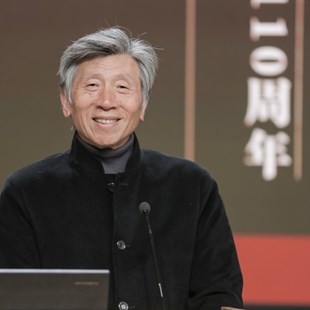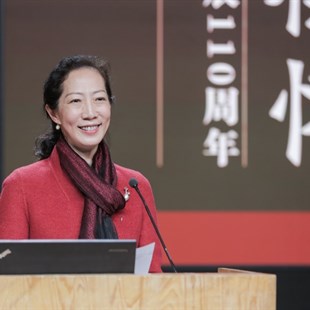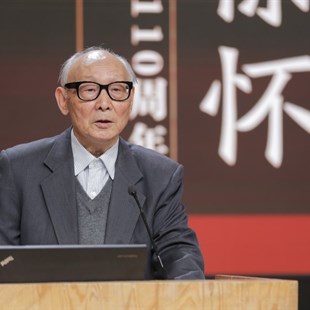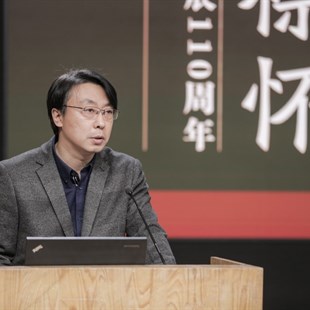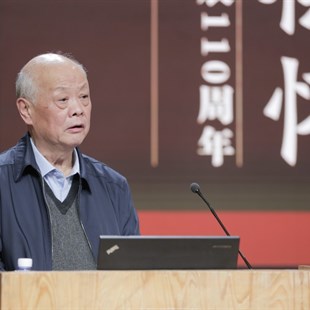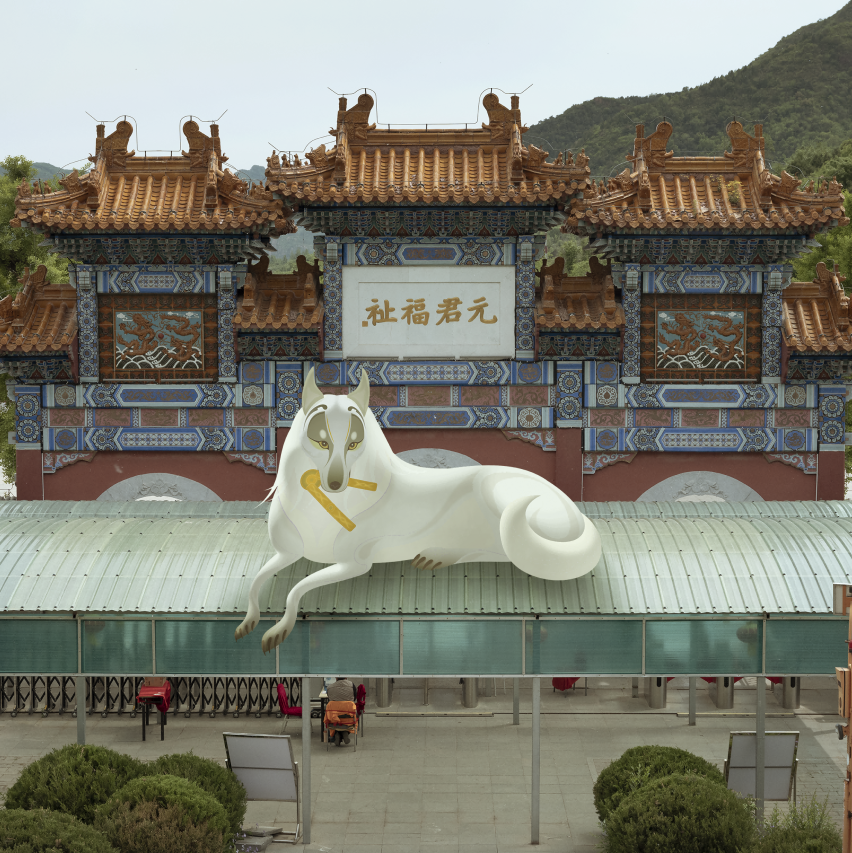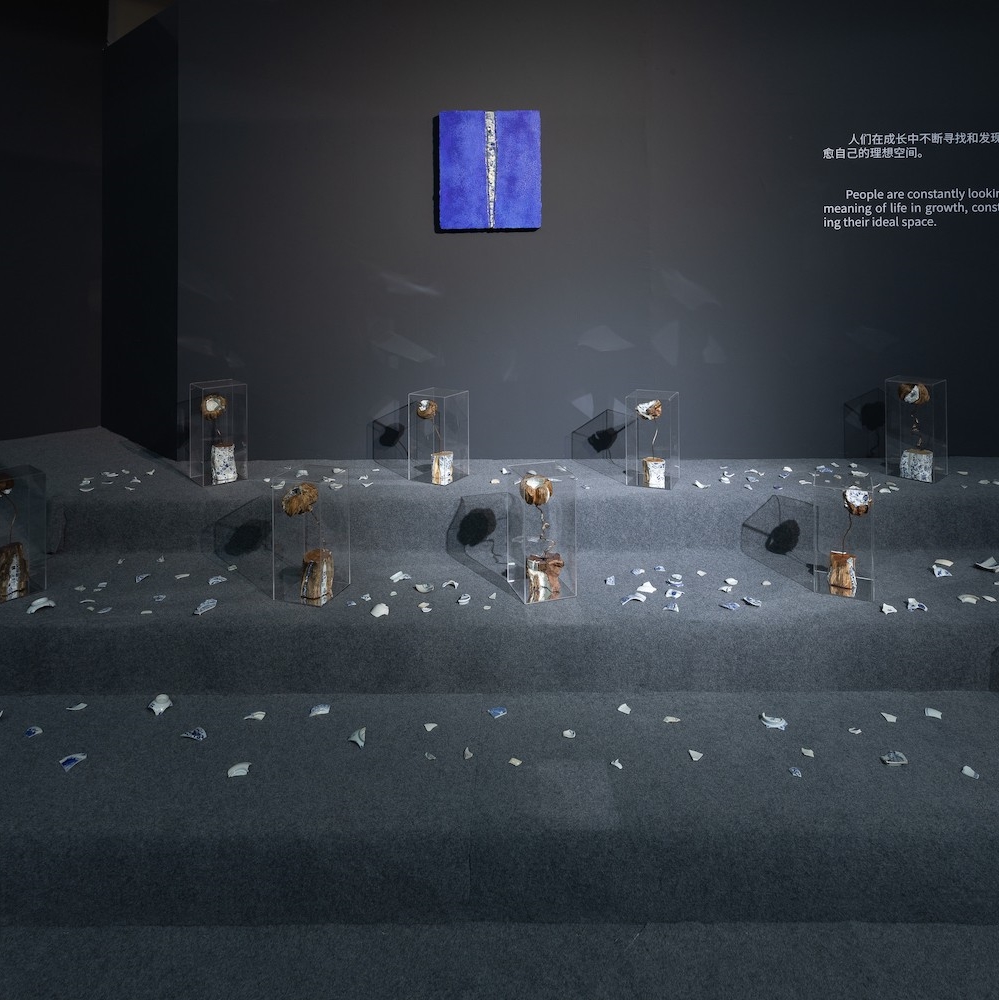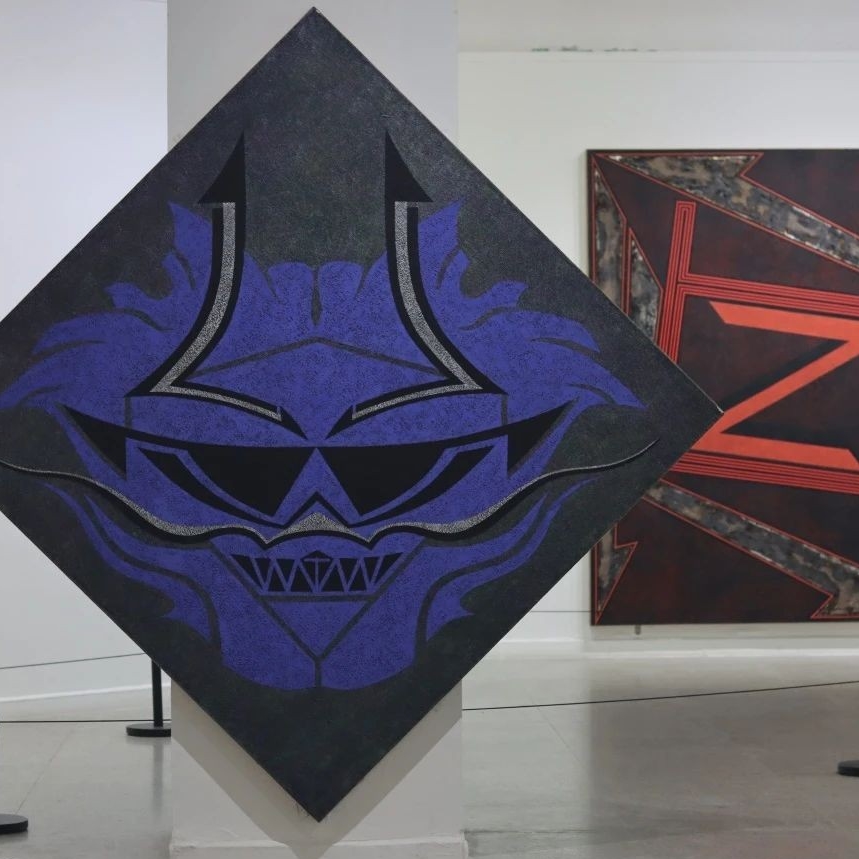Fan Di’an, President of China Central Academy of Fine Arts (abbr. CAFA), once wrote three chapters in an essay which respectively reviewed the exhibitions by Su Gaoli, Li Ruinian and Song Buyun at the beginning of 2000. Reflecting on the complicated art ecology from the 20th century, he recalled the rich scenery of Chinese fine arts as well as the once obscured thorough research into it and he commented that, “much research on the Chinese fine arts in 20th century just began in the field of art history, but the 20th century is now passing.”
Along with many historical documents such as memoirs, letters and unknown paintings that were discovered in the 21st century, the research has been broadened again. Retrospective exhibitions, commemorative exhibitions and special exhibitions based on research and observation preparation constitute the staged presentation of academic research achievements. Specifically, it can be referred to as the three solo exhibitions of Su Gaoli, Li Ruinian and Song Buyun that have been held in recent years. These three exhibitions can be regarded as the continuation of their time and space during the turn of the new century, and at the same time they constitute a historical review.
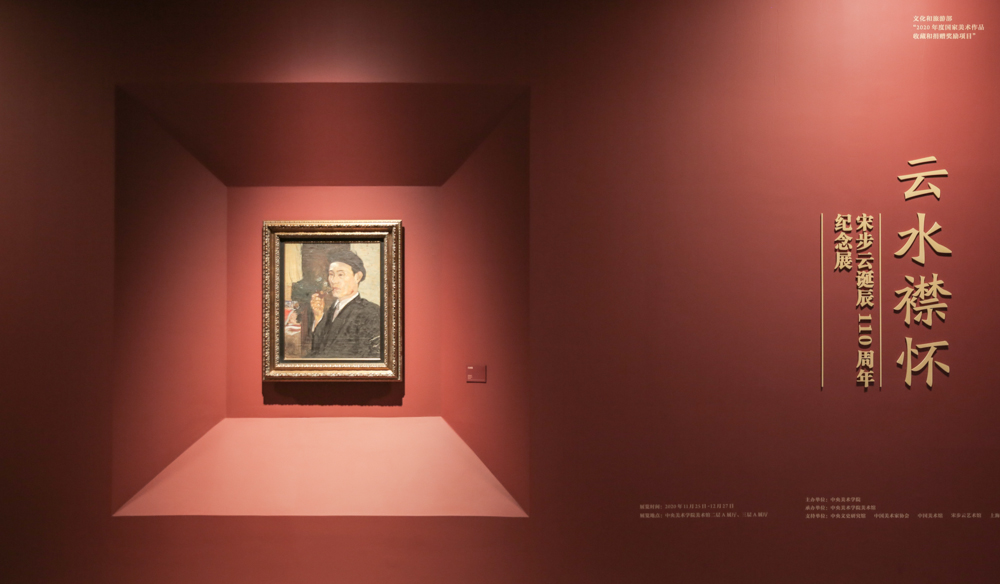
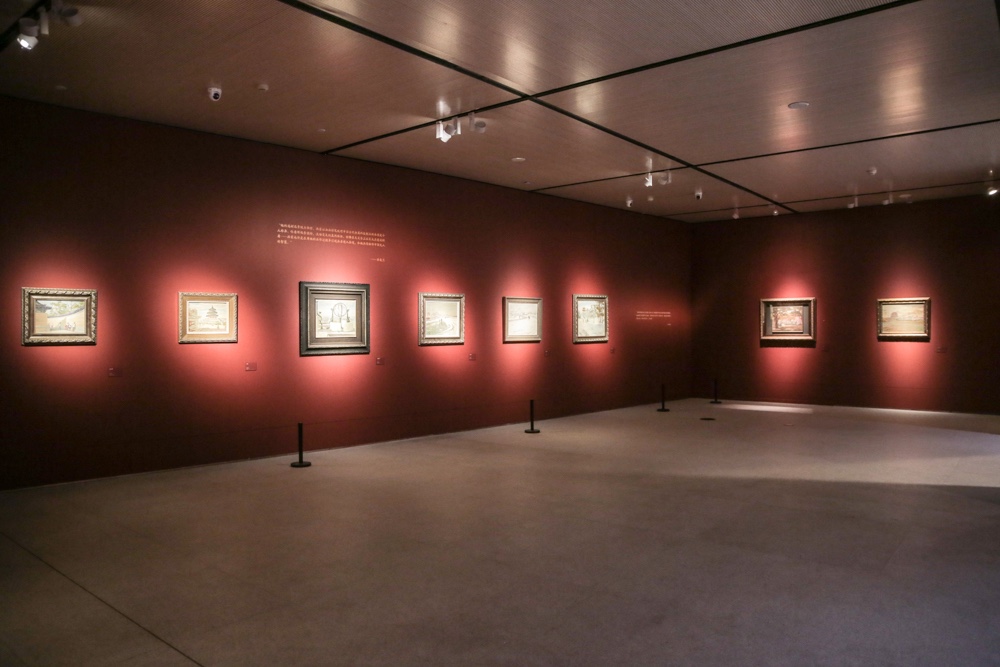
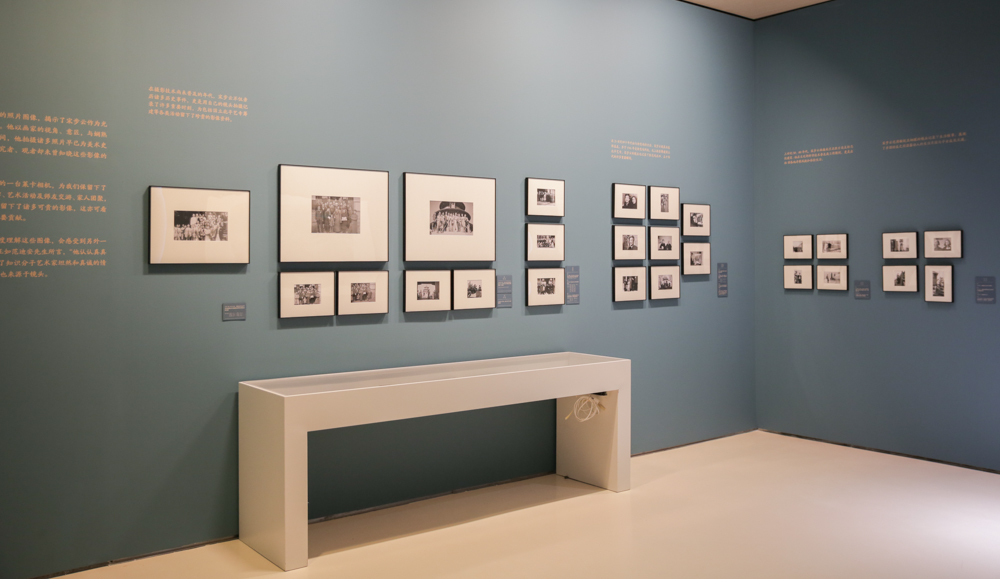
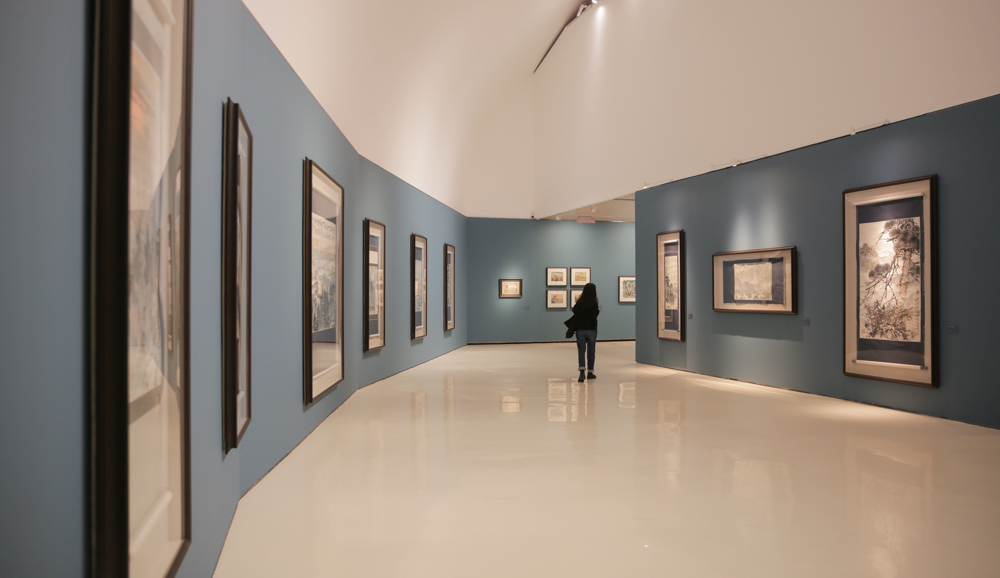
Exhibition View of “Broadminded like Clouds and Waters: Exhibition in Honor of Song Buyun’s 110th Birthday”
“Broad-minded like Clouds and Waters: Exhibition in Honor of Song Buyun’s 110th Birthday” is organized by the Central Academy of Fine Arts and undertaken by the CAFA Art Museum. It is one of the “Hundred Years of Glory · CAFA Masters” exhibition series, as well as the first exhibition of Song Buyun’s artworks and relevant documents at CAFA. There is a selection of Song Buyun’s representative works throughout his life. It is divided into six sections based on a timeline and artistic styles: “Years of the War”, “Mountains and Rivers of Sichuan”, “New Appearance of the Motherland”, “Magnificent Scenery of Rivers and Mountains”, “Brilliant Peach Blossoms” and “Fleeting Time in Light and Shadow”, with approximately more than 150 works exhibited. For the first time Song Buyun’s precious documents on woodcut and photography are displayed for the public.
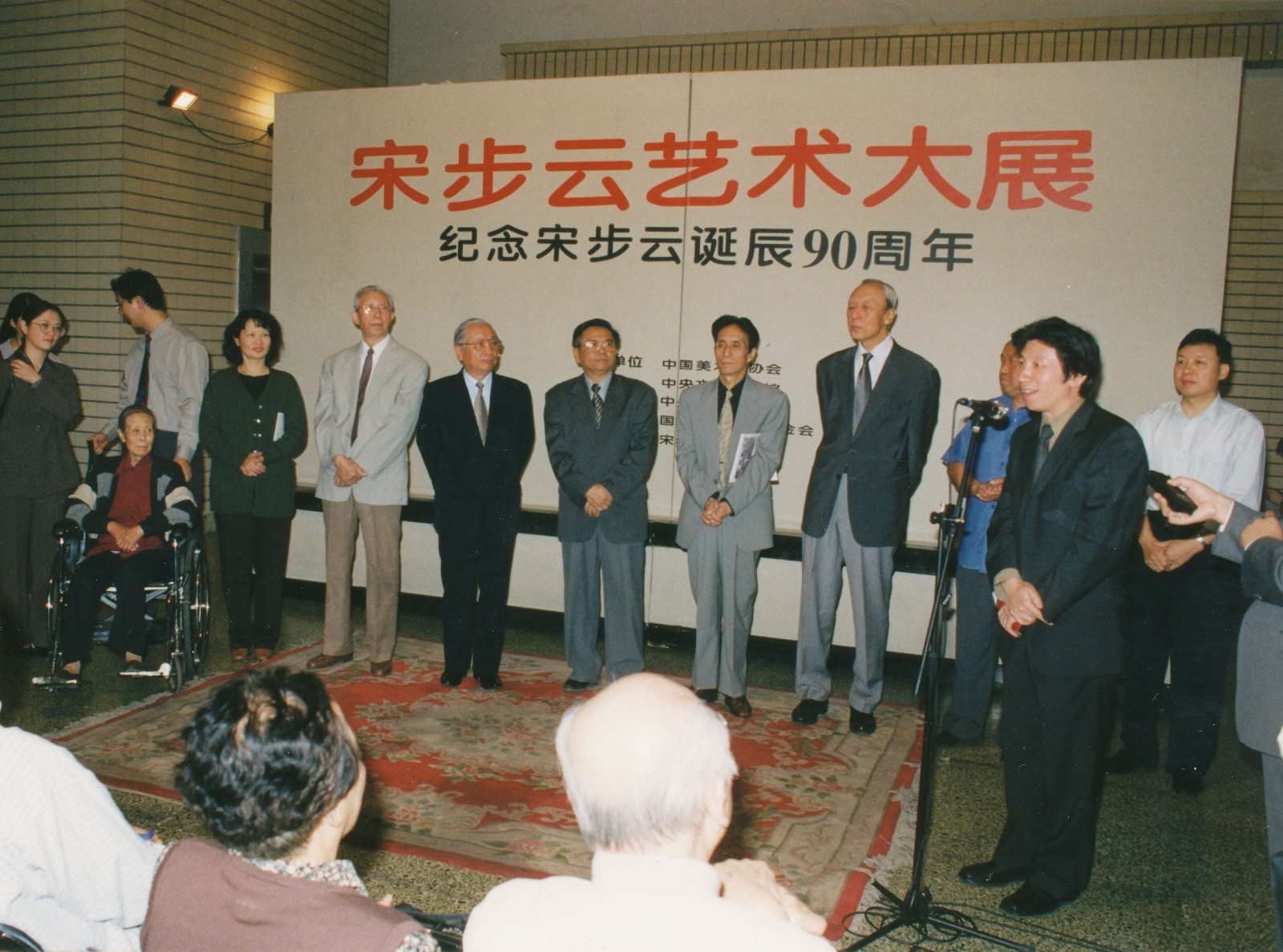
In 2000, the opening ceremony for the “Exhibition to Commemorate the 90th Anniversary of Song Buyun’s Birth”
What is the new research significance and discovery from the reorganization of the Song Buyun’s Exhibition? Although this exhibition did not break away from the general commemorative exhibition mode, with works, documents and chronology as its basic composition, it does guide the audience to read from the painting and text to comprehend the epochal background that the artist lived through and related creative context. But the significance of this exhibition is far from that. It does not only disclose new documents and works, but it also offers a retrospective in the face of new readers and researchers after the generational change. “Artist Song Buyun” needs to be further understood and researched. As Fan Di’an wrote in his essay: “Actually, academic research is like art creation. It is not a one-time creation, but requires the constant recognition and participation of readers and researchers of the same and future generations thus it can be further extended into the future. This extension depends on our constant review on the past and returning to the more realistic existence of history.”
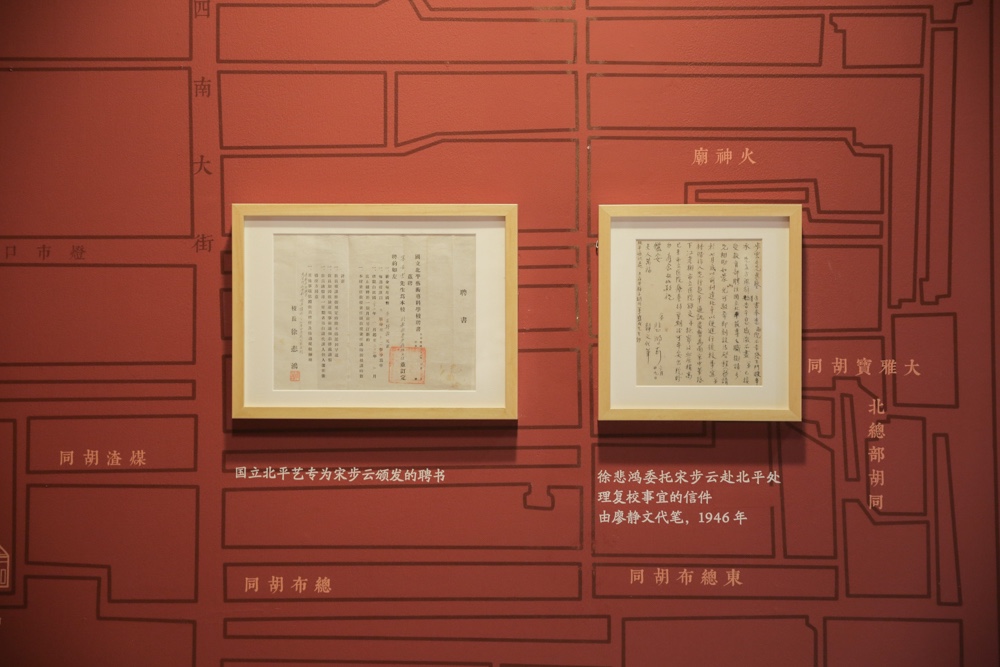
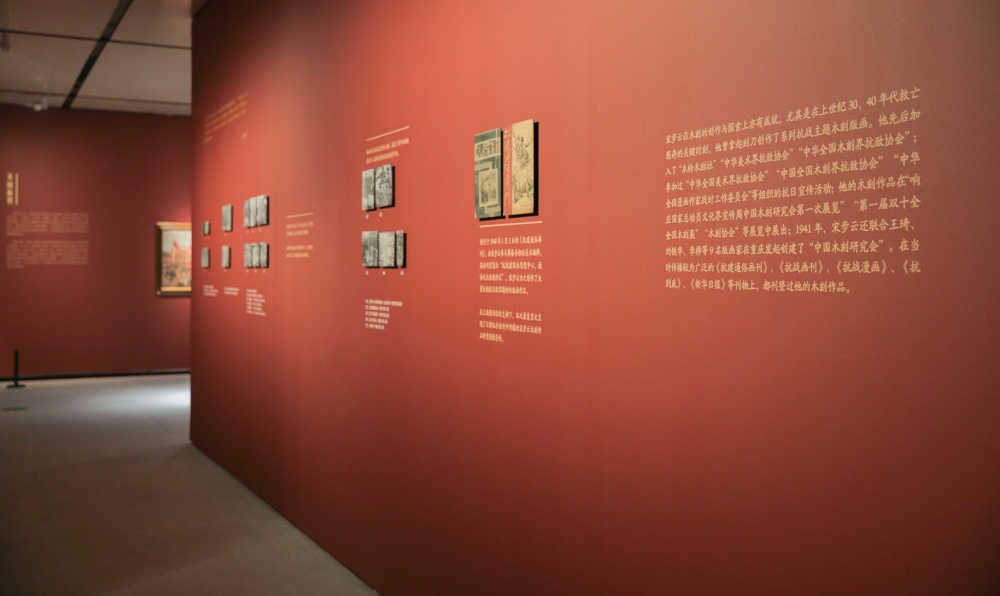
Exhibition View
There is a long-standing “hidden phenomenon” in art history without delving into the artist and the background stories. The current research on the Chinese fine arts in the 20th century, in a way of “discovering”, has paid more and more attention to the dusty historical documents and figures. In this way, the exhibition brings us back to a more authentic historical existence, to understand Song Buyun and his art.
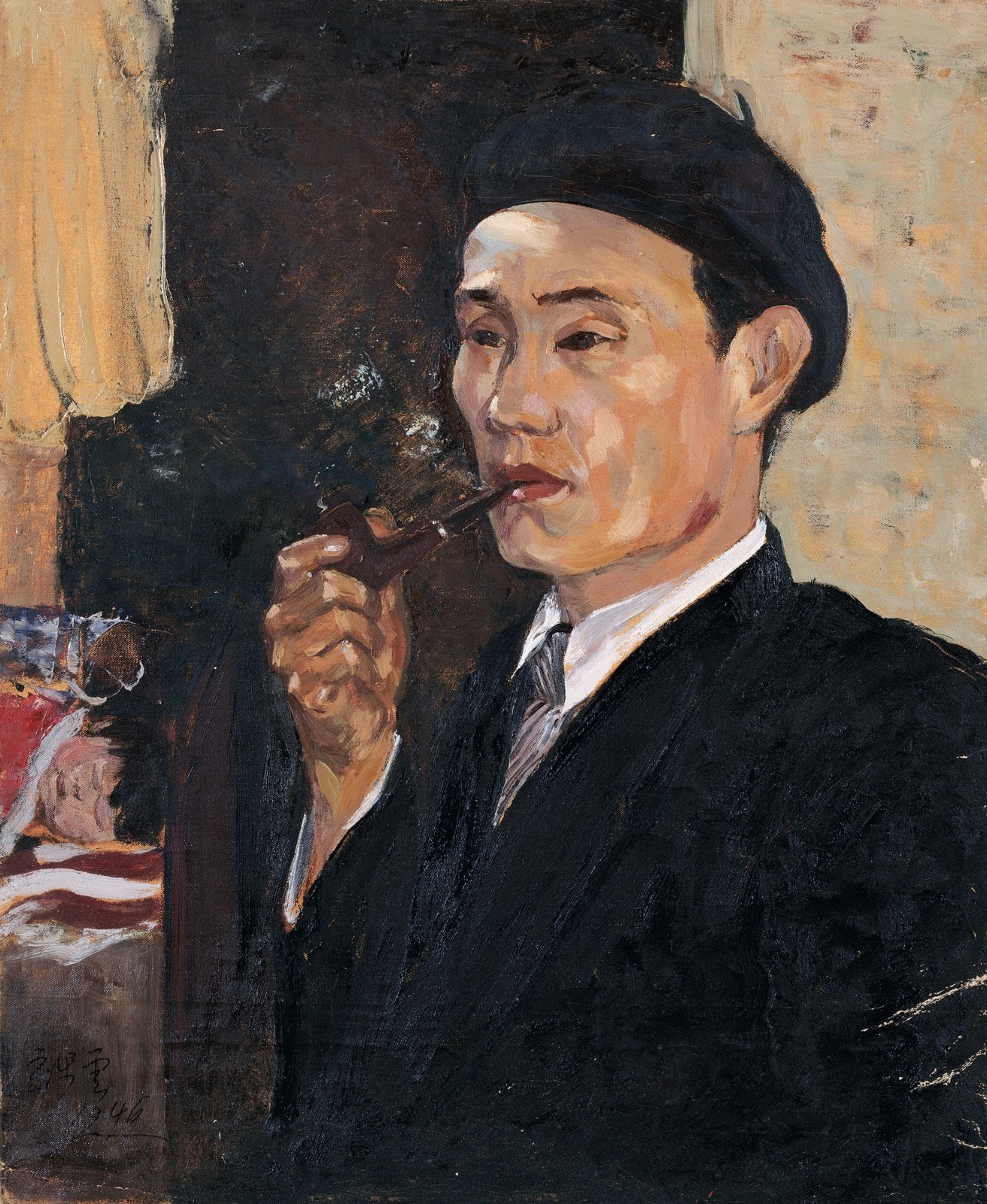
Song Buyun, Self Portrait, Oil Painting, 64.5×53cm, 1946
Since 1927, when the 17-year-old Song Buyun was admitted to the Wenhua Middle School run by the American Christian Church, his life roughly showed two parallel trajectories. Within this boarding school with an art department, Song met Ding Dongzhai who was enlightening teacher in art. Later, Song was admitted to Jinan Donglu Middle School and Jinan Aimei High School after he was expelled from Wenhua for participating in the boycott against the school. In 1932, Song was admitted to the Peking Jinghua Academy of Fine Arts with Wang Shikuo and Wang Xianpo and majored in oil painting, and they also studied watercolor, Chinese painting and drawing together. They left for the Oil Painting Department of Hangzhou National College of Art as new ideas were being promoted there. His artistic development and direction have always been grasped by his own hands.
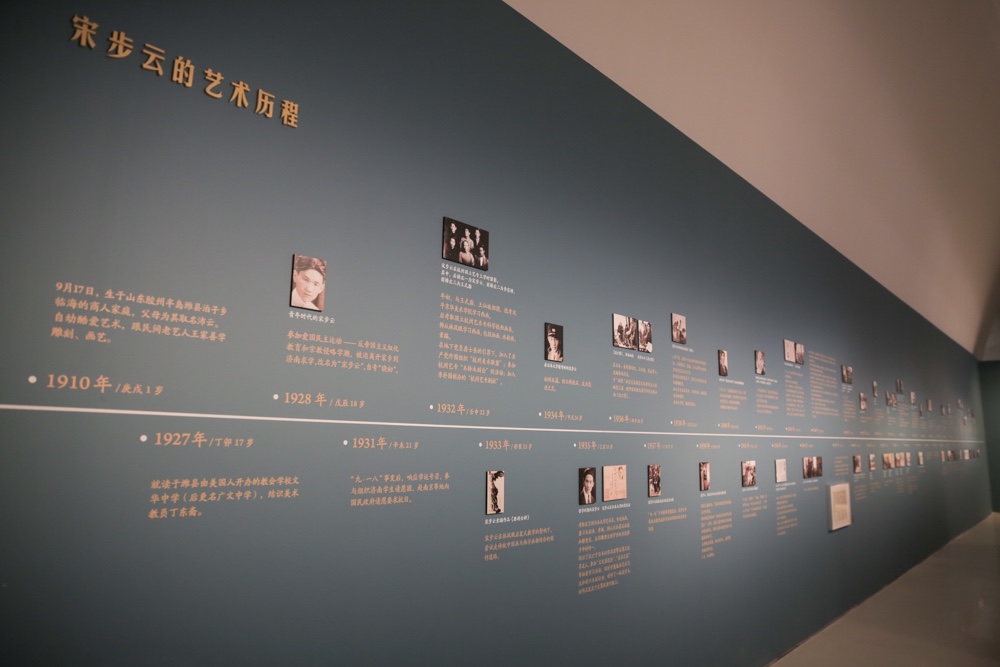
An introduction to “Song Buyun’s Art Career”
Song Buyun has remained rebellious in his growing process and he never stopped participating in progressive organizations during his time at school. Song Buyun changed his original name of “Song Peiyun” which meant abundance and prosperity after he left his home town when he was expelled from Wenhua Middle School. The tenacity and strong organizational ability in his bones seem to have already hinted at his various life choices. Song’s self-persistence in life and his concern for the fate of the nationality are also reflected on his anti-Japanese propaganda.
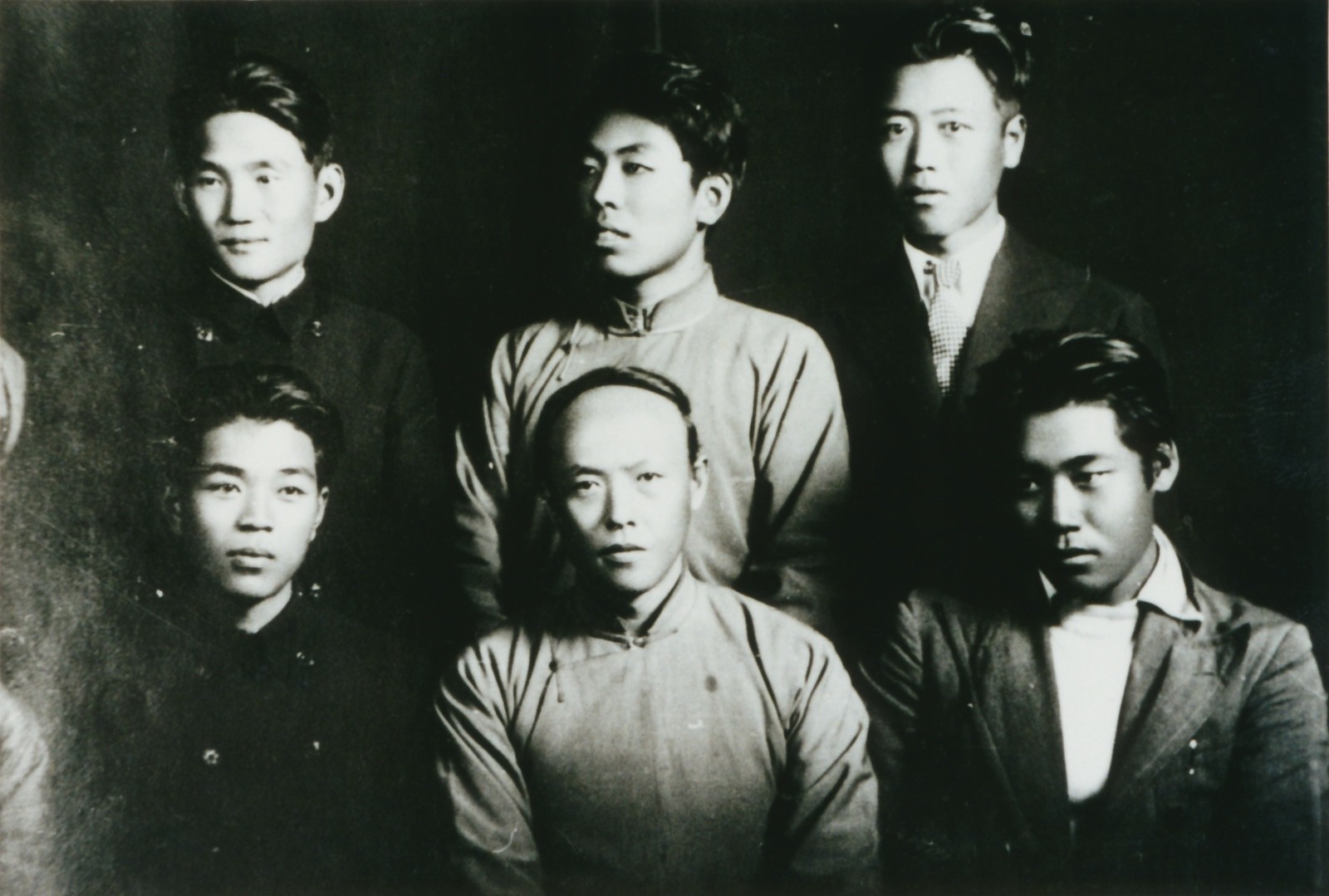
In 1932, Song Buyun went to study in Hangzhou National College of Art, Song Buyun (first from left in the back row), Li Kuchan (second from left in front row), Wang Shikuo (third from left in the front row).
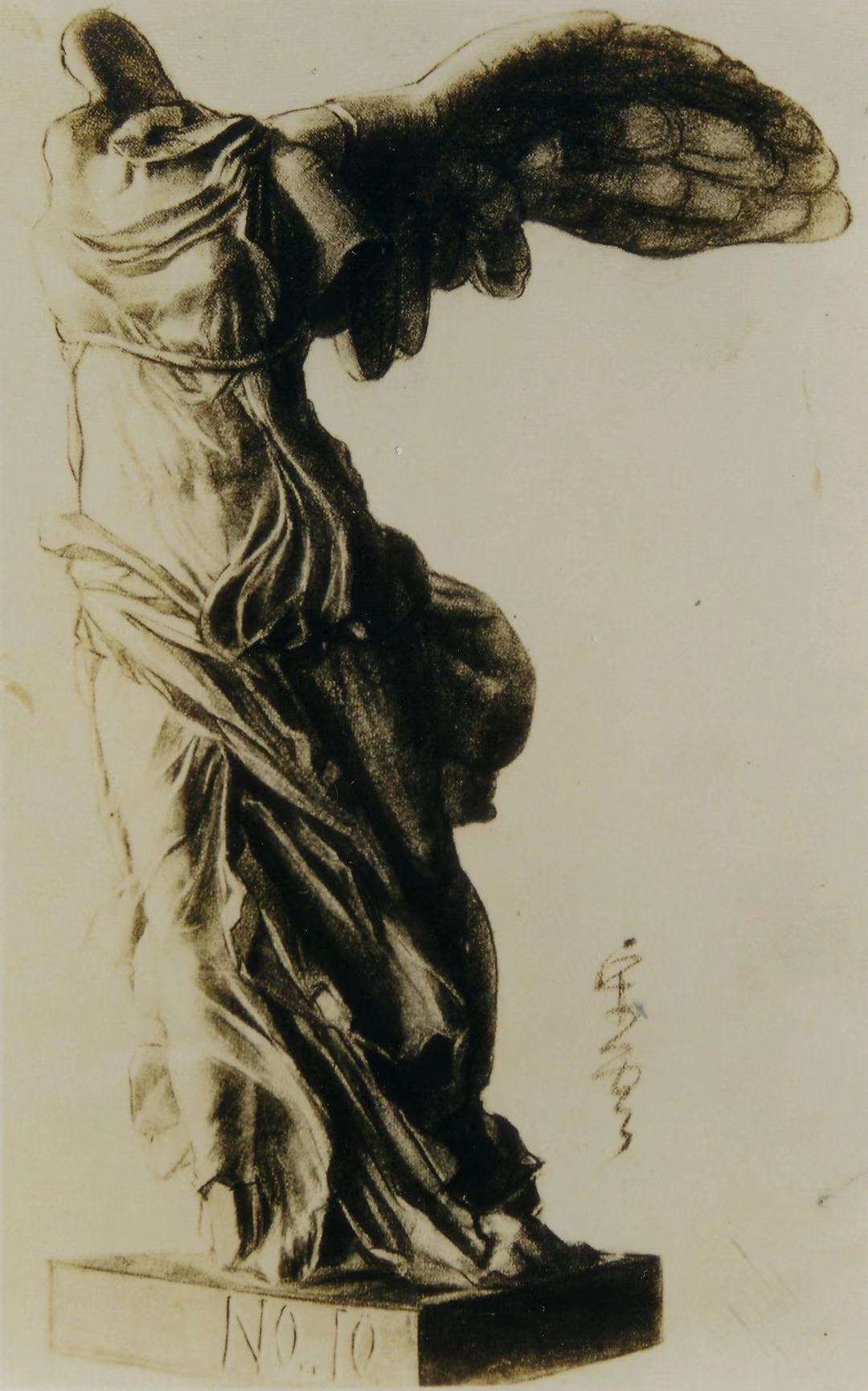
Song Buyun, Goddess of Victory, drawing (charcoal), 1933
During his art career, Song Buyun studied oil painting and Chinese painting under the instruction of Ling Fengmian, Principal of the Hangzhou National College of Art and Li Kuchan, thus his painting skills became refined. “Goddess of Victory” (1933) was the only one retained which shows his sketching and modeling capabilities. Song got the essence of “reconciling Chinese and Western art” advocated by Lin Fengmian and formed a unique style of his own. He also insisted on realistic paintings such as “Refugees” (1936) created during his stay in Japan. Although the original work was lost, the creative process and scene was restored in the form of documents and photos, which provides possibilities for future research.
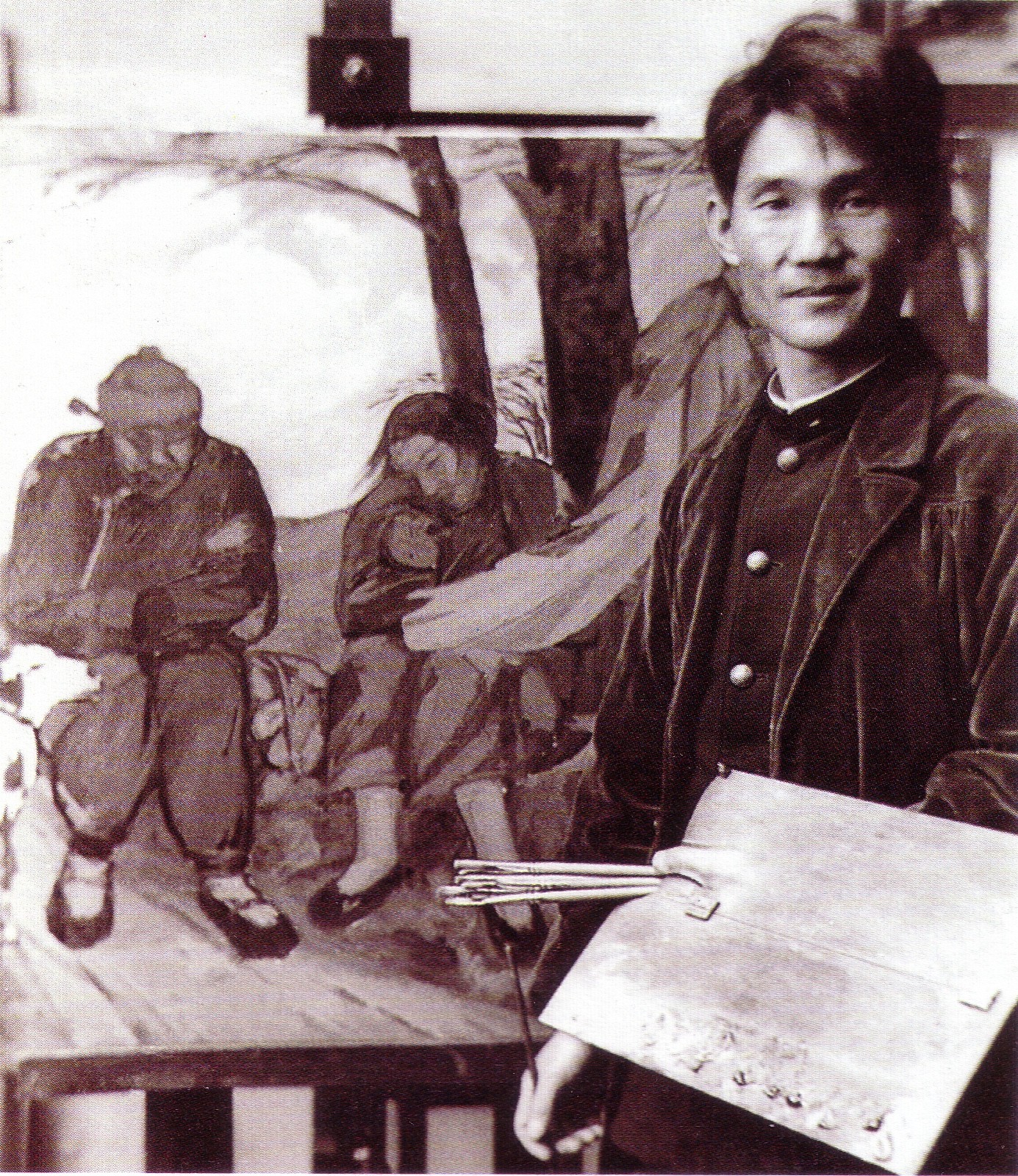
In 1936, Song Buyun and Refugees
With the support from the Shanghai Library, Song Buyun’s woodcut work created in the 1930s and 1940s are also presented in the form of documents and photos. Although his woodcut achievements have long been ignored, his endeavors cannot be denied as he had been carving and researching woodcut processes for over a decade since Lu Xun advocated woodcut learning in the 1930s.

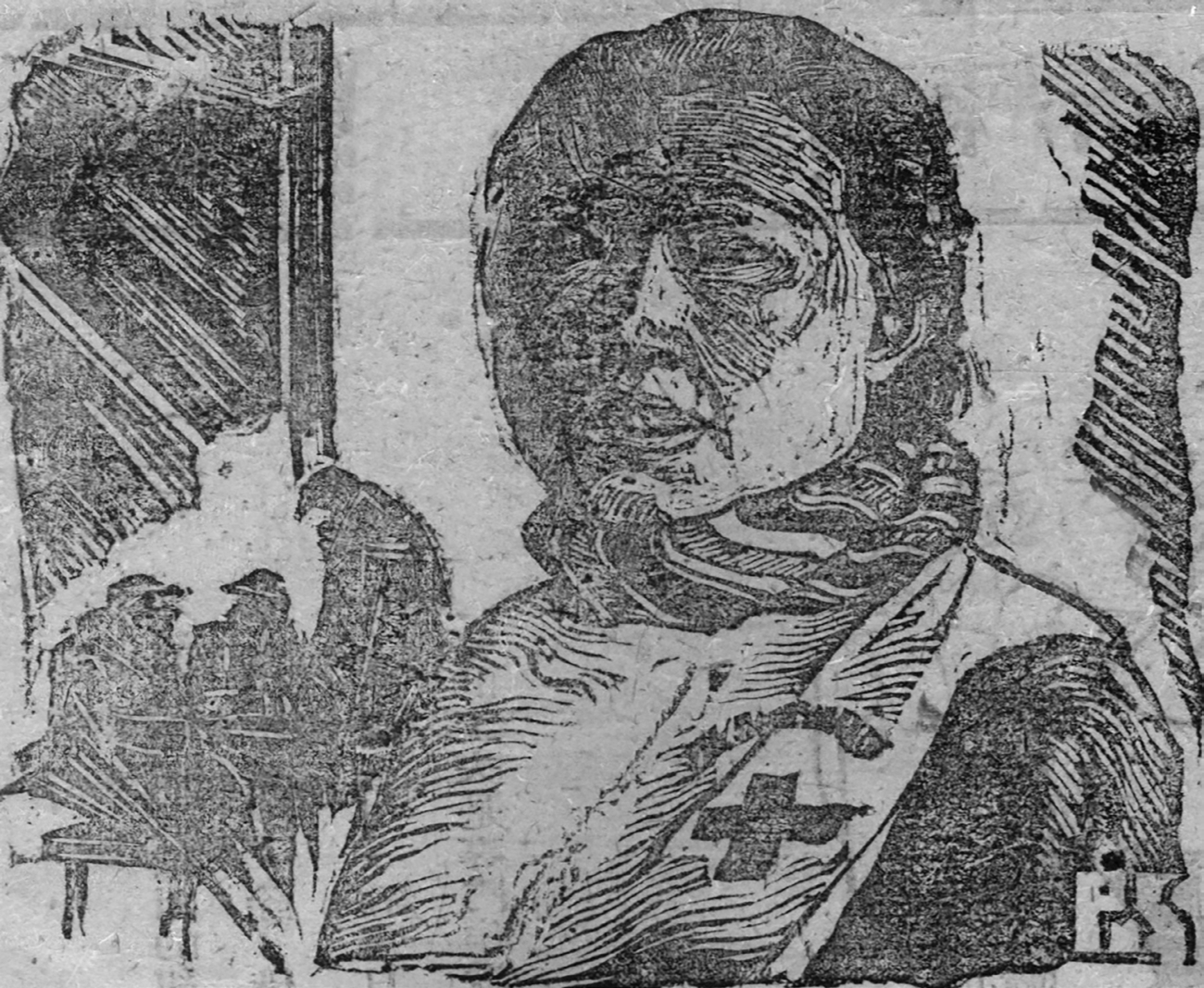
Song Buyun, Woodcut, 1940s
As artist Wang Qi commented: “Mr. Song’s prints were brilliant at the time. In the early days of the Anti-Japanese War, most of the prints were very rough and the printmakers generally had no training. Mr. Song came from a traditional school and returned from Japan. His techniques were better, so he did well in figure modelling as well as black and white presentation. If he continued to engage in printmaking, he might become a great printmaker.” Lang Shaojun stated that: "In Song Buyun’s artistic career, woodcut should not be neglected…In art, these works are black and white woodcuts, with simple composition, highlighting the plain structure. He likes to use sharp triangular knives, multiple rows of knives with a relatively indulgence style. If they were compared with Song Buyun’s watercolor and oil paintings, they are not restricted by form, and have a more expressive freedom...” Shao Dazhen also has similar feelings: “These woodcuts not only have clear themes, but they also have unpretentious language, clear and powerful carving methods, and varied lines. The contrast between black and white is rich, and it is artistically expressive.”
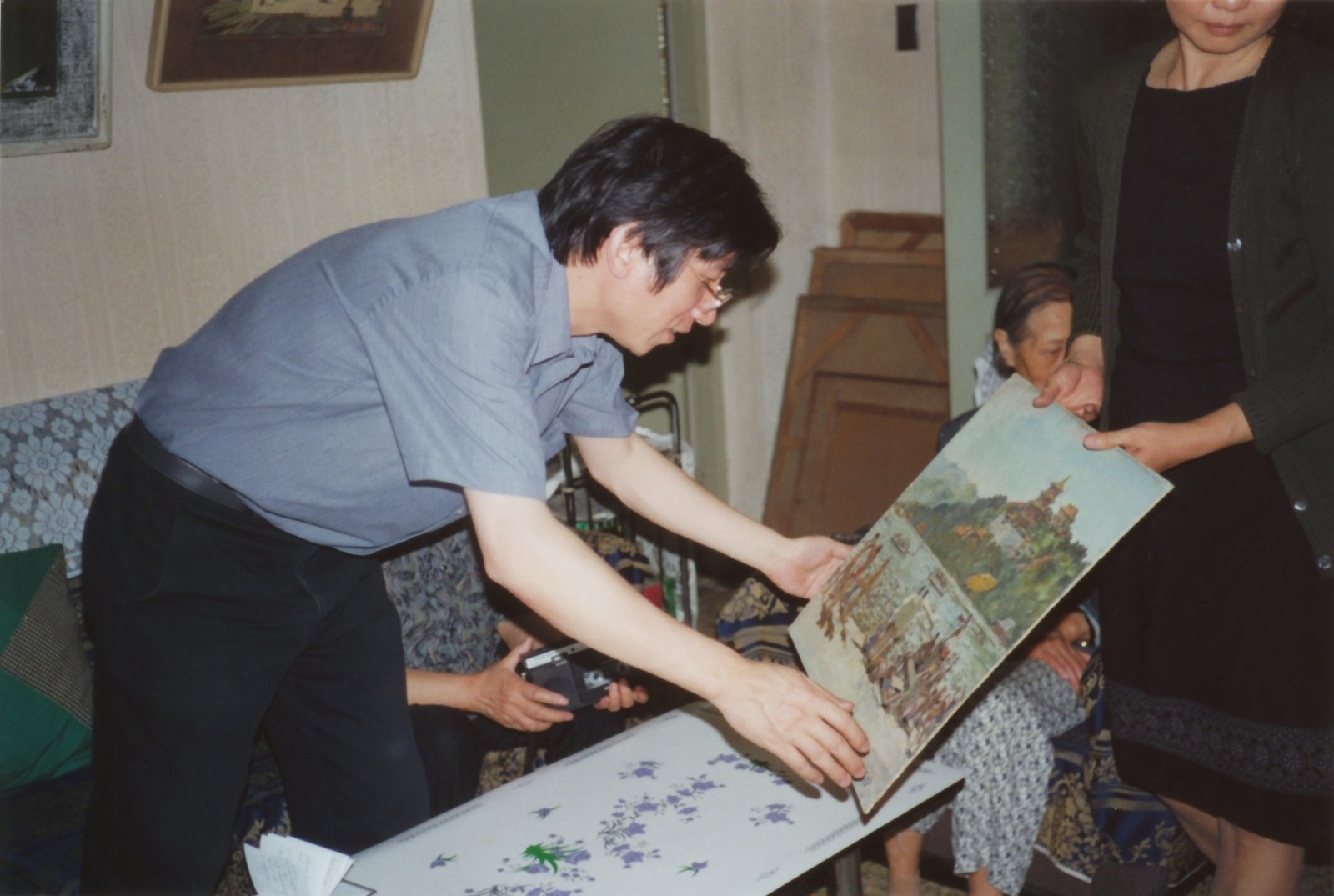
In 2000, Mr. Fan Di’an selected paintings for the planning of the “Exhibition to Commemorate the 90th Anniversary of Song Buyun’s Birth”
Similarly, Song’s oil paintings were not disclosed until in 2000 when Fan Di’an visited his home and found a real estate of Chinese oil painting from the 20th century. These oil paintings which were later regarded by Mr. Zhong Han have as “contributions beyond the mainstream and epochal value” in the 1950s-60s. These were valued and affirmed by curator Fan Di’an and other art critics through the exhibition twenty years ago. With this exhibition, the diverse aspects of Song Buyun’s art can also be revealed, which might also contribute to the restoration of the overall appearance of Chinese art in the 20th century.
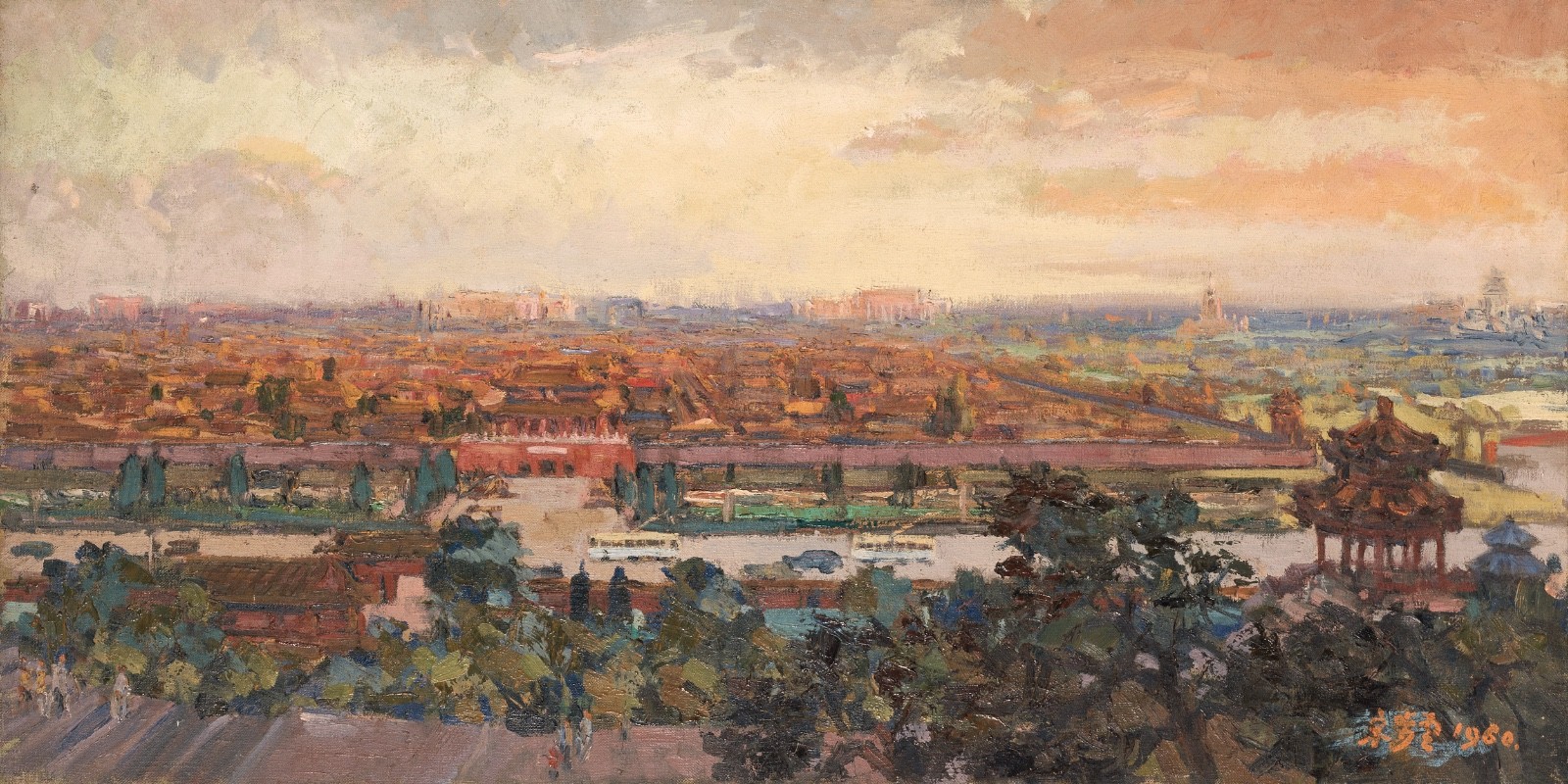
Song Buyun, Overlooking the Forbidden City, oil on canvas, 49.8×100.5cm, 1960, Collection of National Art Museum of China
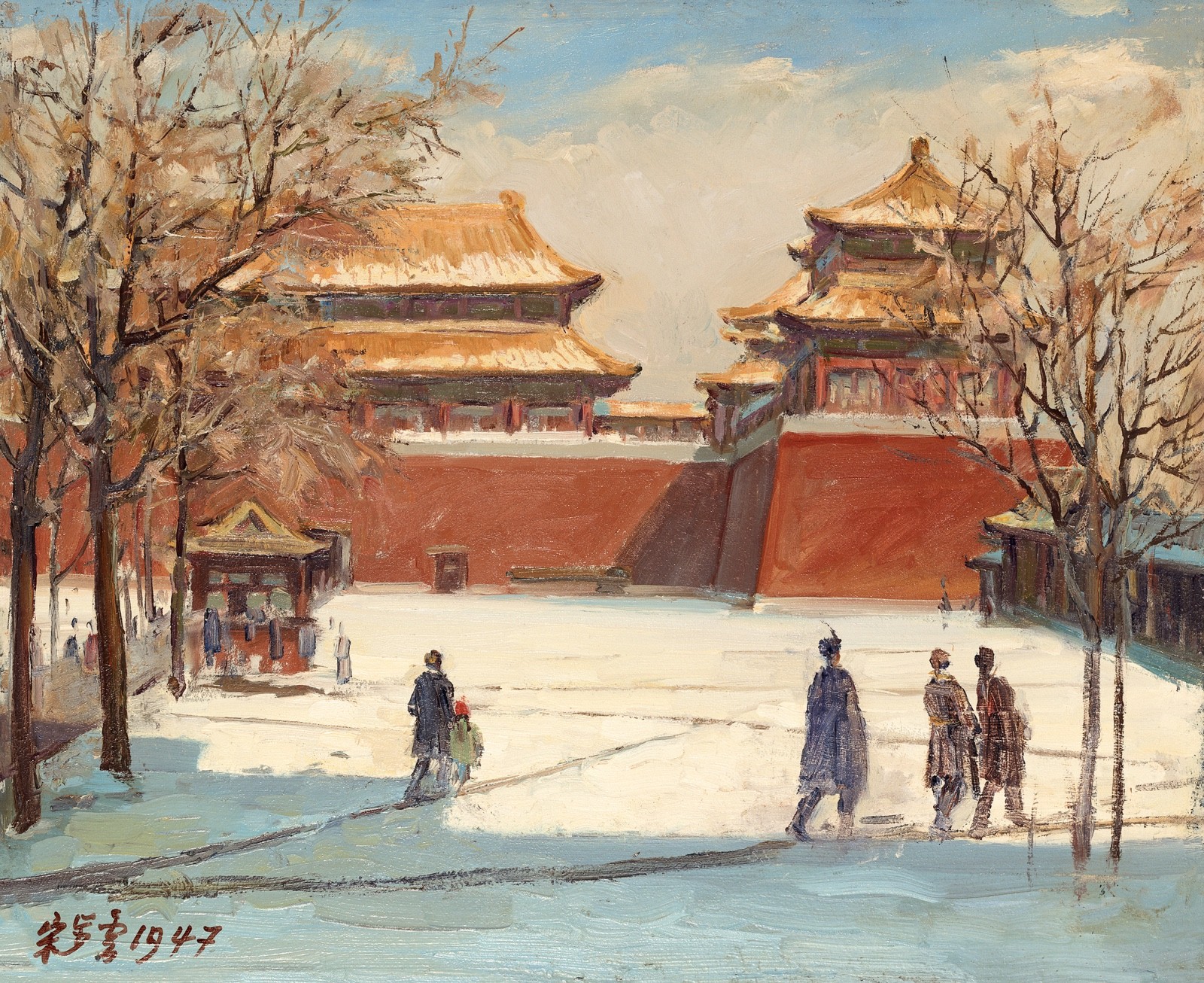
Song Buyun, The Meridian Gate, oil on wood, 46.4×56.3cm, 1947
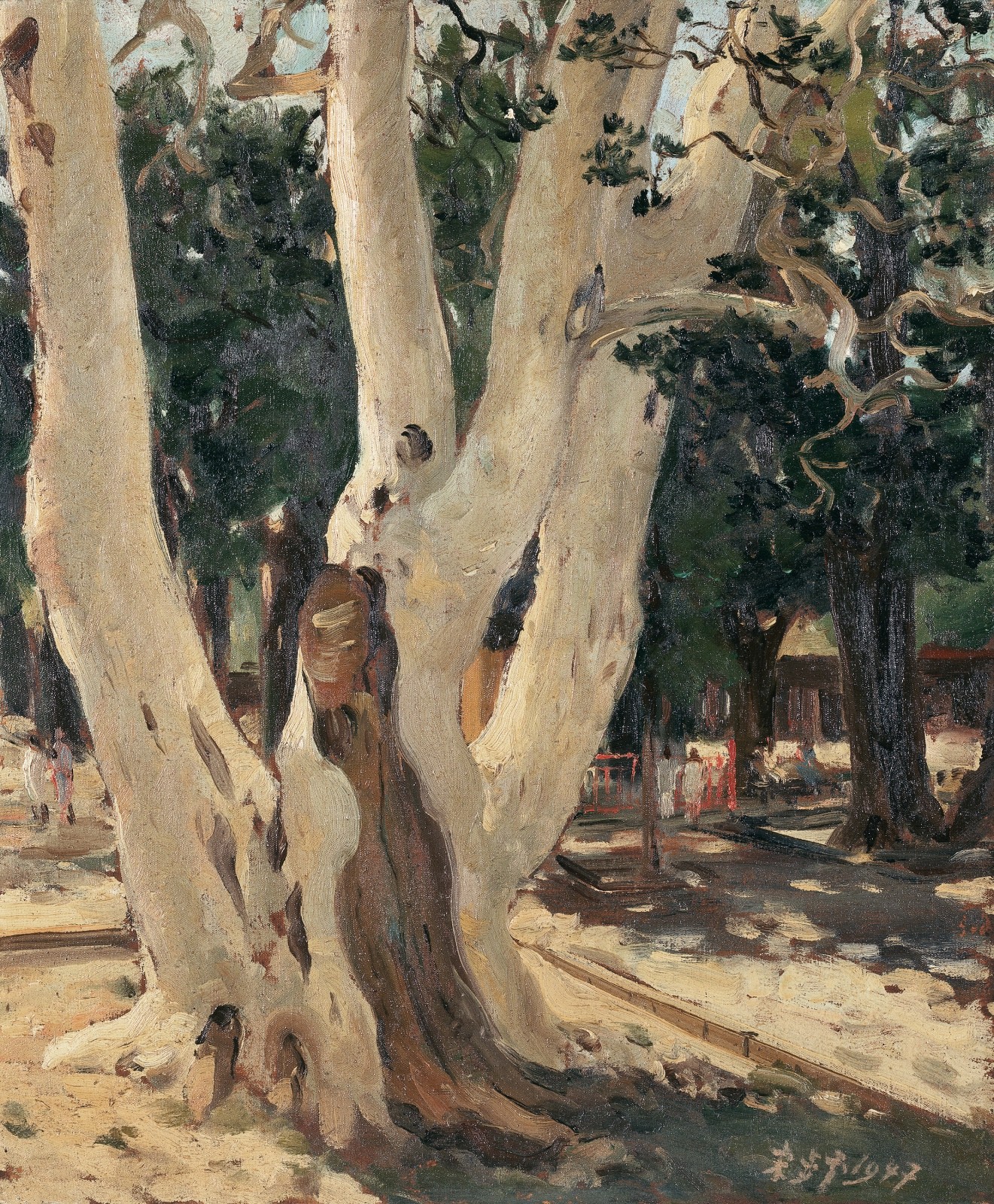
Song Buyun, Lacebark Pine (Tuancheng), oil on canvas, 61.5×52.5cm, 1947, Collection of CAFA Art Museum
Returning from Japan, Song Buyun maintained active contact with people in the cultural and artistic circles, and actively participated in the propaganda work of anti-Japanese salvation through woodcuts. In addition, he successively worked at Chongqing Private Southwest Art College, Art Department of Chongqing National Central University and Chongqing National Art College teaching watercolor. Encouraged by Xu Beihong, he sketched all over Bashu and created a large number of excellent watercolor works such as “Jialing River Scenery” and “Duyou Street in the Rain”. At this time, he ushered in the peak of watercolor painting creations. He has held 6 solo exhibitions, which made a great flutter at that time. It was a pity that due to his participation in the anti-Japanese charity sale and the turmoil of the situation, the saved number of his excellent watercolors created in this period was very small. Although we cannot get a glimpse of the comprehensive appearance of his watercolor art today, the high standard can be seen from the comments of art professionals at that time. Wu Zuoren once publicly praised Song Buyun for “painting the Jialing River and conveying his demeanor” in the press, and Xu Beihong encouraged Song Buyun to develop watercolor art with a Chinese style.
When Song reunited with his friend Fu Baoshi, then influenced by Fu Baoshi’s Chinese painting and supported by other friends, he recalled the situation when he studied Chinese painting with Li Kuchan at Hangzhou National College of Art and began to express the great landscape of the motherland. He also integrated the perspective, light and shadow, and color expression of watercolors in Western paintings, explored the fusion of Chinese and Western paintings and created a series of Chinese paintings that show the beautiful scenery of the rear area. Among these works can be seen the influence of Fu Baoshi’s painting style, as well as the unique style of painting he created by introducing western painting techniques. This is also his attempt to explore the integration of Chinese and Western painting.
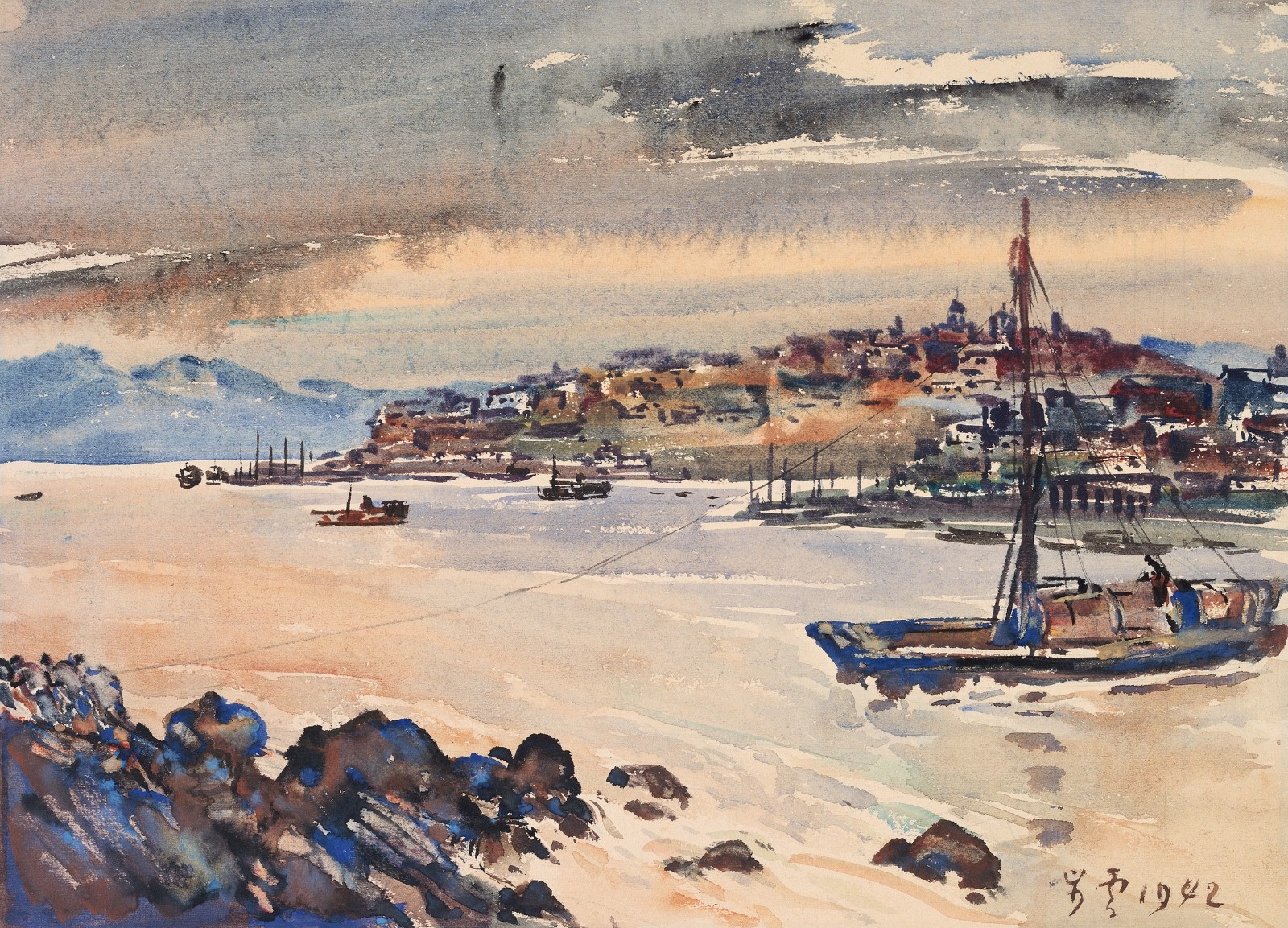
Song Buyun, Jialing River Scenery, watercolor on paper, 38×53cm, 1942

Song Buyun, Duyou Street in the Rain, watercolor on paper, 38×53cm, 1942 Collection of the National Art Museum of China

Song Buyun, Mid Ferry, ink and wash on paper, 68×44cm, 1942
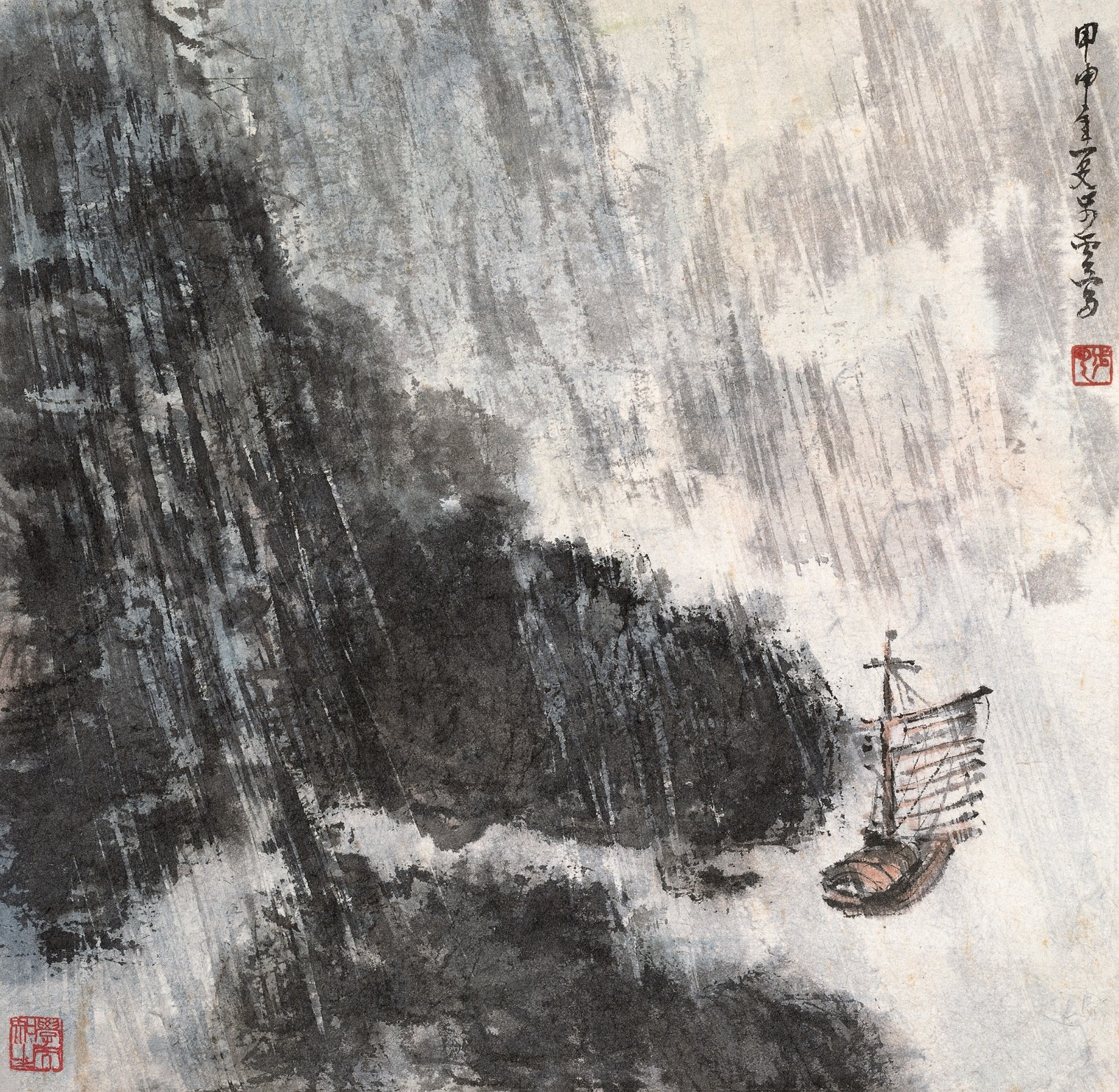
Song Buyun, Lonely Boart in Wind and Rain, ink and color on paper, 40×41.5cm, 1944
As a choice of career, Song Buyun made the decision to contribute to the art education of New China on the eve of the founding of People’s Republic of China. In 1946, Song Buyun and Wu Zuoren were invited by Xu Beihong to assist him in taking over the preparations for the establishment of the National Art School in Beiping. In addition to being an associate professor of watercolor painting, Song also served as the Director of General Affairs and Acting Chief of the General Affairs, provoking the heavy burden of infrastructure construction of National Art School in Beiping. Mr. Dai Ze, a veteran teacher and artist of the Central Academy of Fine Arts, once talked about Wu Zuoren and Song Buyun, the two key figures in the art school, who are the pillars of work and teaching, “The National Art School in Beiping and the later Central Academy of Fine Arts should be grateful to Mr. Song, because he completed a lot of practical and very realistic things… Mr. Song Buyun is a very important founder and the cornerstone of the Central Academy of Fine Arts.”
Although Song Buyun’s life can be observed from the two perspectives of art and career, Song Buyun has firmly chosen art since he was sensible, showing his sincerity and love. He also used art as a weapon, when it’s urgent, he waved the flag and participated in the propaganda and support for the War of Resistance. This is absolutely a portrayal of “art for life”.

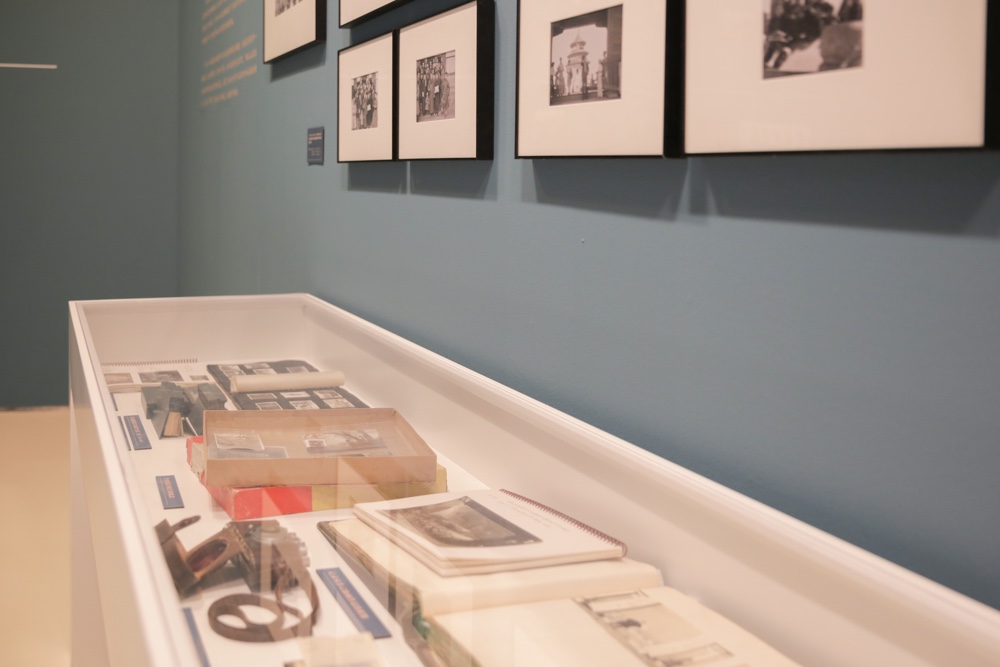
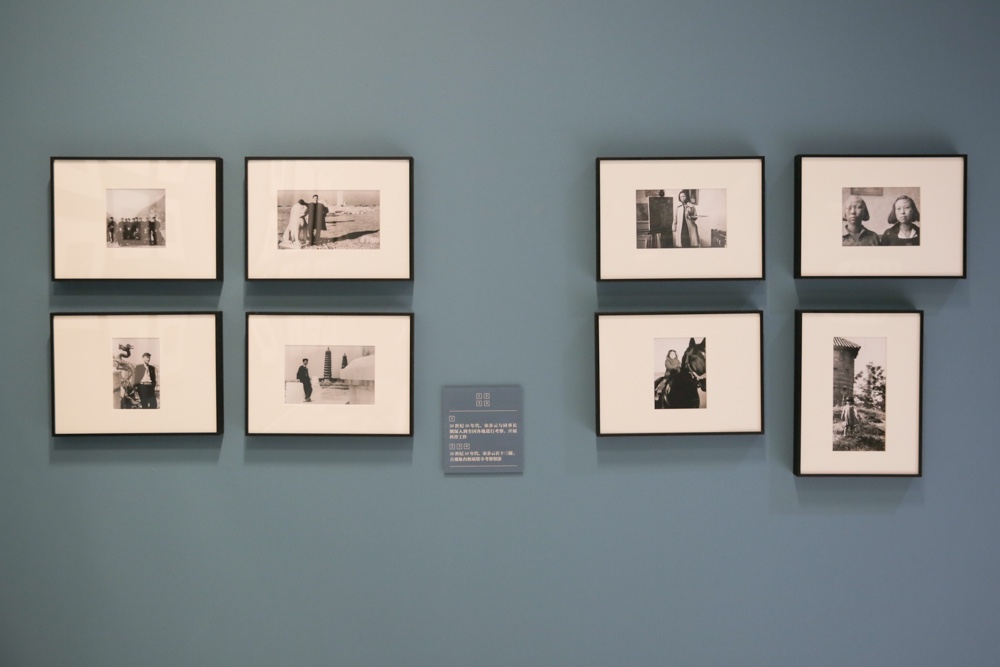
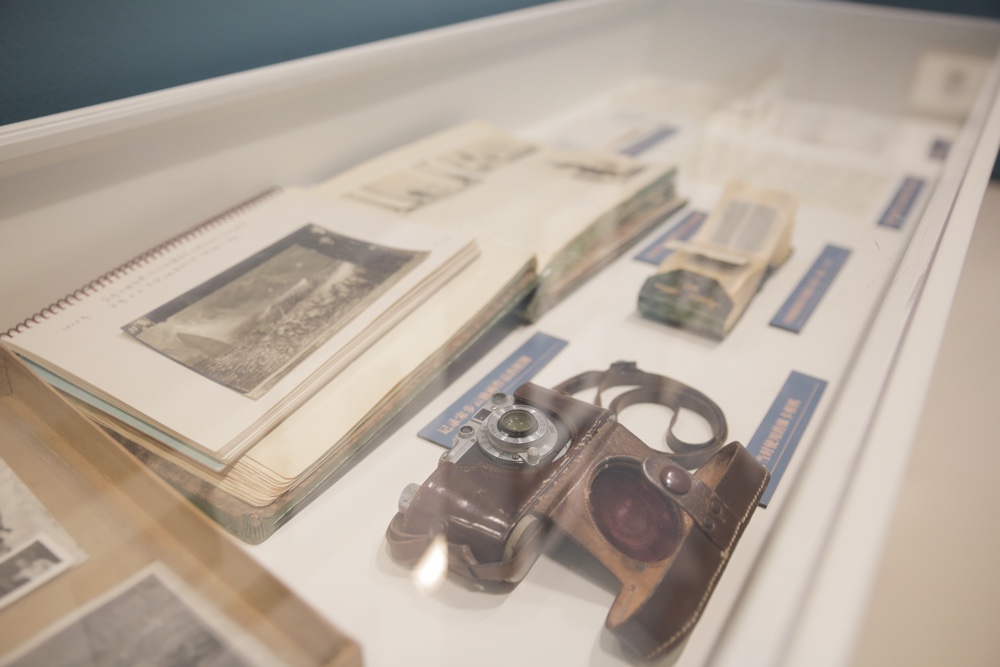
Exhibition View of “Fleeting Time in Light and Shadow”
These specific historical narratives cannot be exhaustive through the literature, but we can still find clues in the photos. Song Buyun returned from Japan and brought back a Leica camera after his early study abroad, he took many valuable pictures for art activities, friendships with teachers and friends, family reunions, especially the painter groups in the 1930s and 1940s. At the beginning of construction of National Art School in Beiping, it also played a role, recording many important historical moments. Today, old photos taken by him frequently appear in many senior artist exhibitions and historical retrospective exhibitions of CAFA. They are quietly displayed in the exhibition hall of CAFA Art Museum, recording moments with a silent language. As the organizer of the exhibition said, this exhibition shows us the history of Chinese art development in the 20th century, especially Song Buyun in the history of CAFA.” Song Buyun is a well-deserved important master recorded in the history of CAFA.

Group photo of founding teachers of the National Art School in Beiping at 14 Yangyi Hutong in October 1946 (Photo by Song Buyun)
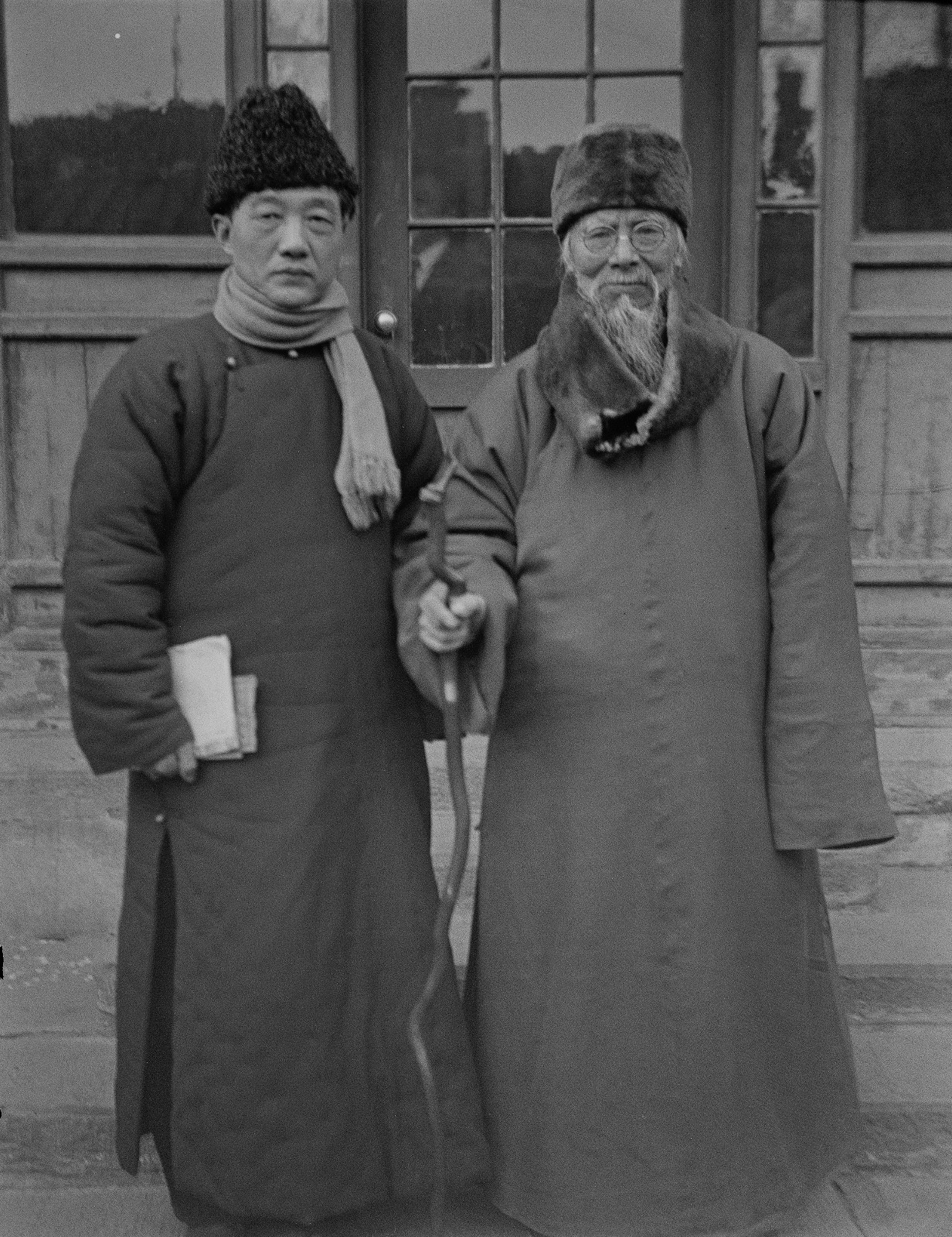
In the winter of 1946, Xu Beihong and Qi Baishi took a photo on the 14th Yangyi Hutong for the Peking Art Writers Association (Photo by Song Buyun)
To quote from Mr. Zhong Han, quoted by Fan Di’an in his essay 20 years ago: “From the history of art, he (Song Buyun) is not a mainstream painter, and he is easily forgotten by critics. Now there’s a good opportunity as so many of his works were exhibited for the first time, and it allows people to see his achievements outside the mainstream and the value of the age.”
Text by Yang Zhonghui, edited and translated by Sue/CAFA ART INFO
Exhibition View by Hu Sichen/CAFA ART INFO
Image Courtesy of CAFA Art Museum
References:
1. Fan Di’an, “It’s also a kind of life, but also history”, Art Research, 2001, No. 1.
2. Song Li, Broadminded like Clouds and Waters: Song Buyun, Beijing: China Railway Publishing House, 2020.



